How to effortlessly clean a stainless steel kettle inside and out?
Scale and rust in the kettle appear due to the content of salts and minerals in tap water. Even a clean housewife is forced to look for an answer to the question: how to clean the inside of a kettle? And sometimes outside: no one is immune from such situations, when they forgot about the kettle and it burned down. There are many suitable products on store shelves, but most of them are unreasonably expensive. Traditional methods give no less effect, and require almost no costs.
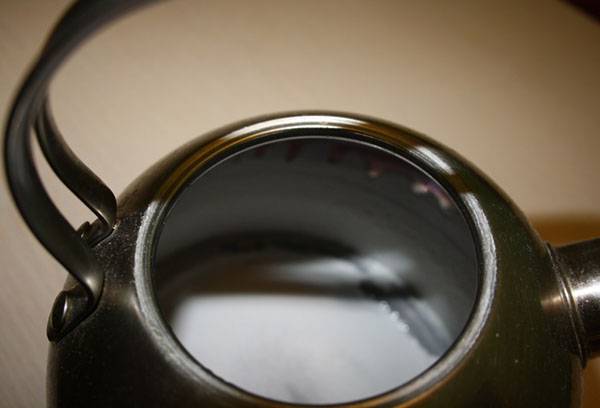
Removing scale
Various acids are used to remove scale. They are found in many products, some of which are thrown away altogether. Here are some of the most popular methods that will help both clean teapots made of various materials (including plastic electric kettles) and maintain the appearance of the coating.
- Cleaning with vinegar.
Dilute table or apple cider vinegar (the latter option is a little gentler) with water in a ratio of one to nine, pour this liquid inside the kettle, put it on the fire and bring the liquid to a boil. Open the lid slightly and look inside. If the scale comes off, you can remove the kettle from the heat, wait a little until the scale comes off completely, after which all that remains is to rinse it with water. This option is only suitable for stainless steel kettles. An electric kettle requires more careful handling.
- Lemon acid.
How to clean a kettle with citric acid? There are two options.One of them involves the use of citric acid itself in powder. For a three-liter container, two bags are enough, but if you are cleaning an electric kettle with a volume of one and a half liters or less, one will be enough for it. The lemon is poured onto the bottom, water is poured into the kettle and boiled. This is a more gentle method than cleaning with vinegar, but it is also quite aggressive. Therefore, if the condition is not too neglected, it makes sense to try to do without boiling. Another option involves using citric acid, found in citrus fruits. Cut the lemon into 4 parts, put it in a kettle, add water and boil for 10 minutes. If you don't know how to clean an electric kettle, try lemon. You may have to boil it twice, but this will not harm the kettle. Not only the heating element will become cleaner, but also the plastic housing.
- Fruit and potato peelings They also do an excellent job of removing scale.
This method is suitable for any teapots. Cleanings are placed inside, water is boiled, and the kettle is rinsed.
- Brine.
Not everyone knows how to clean a kettle using brine, but this method is the simplest. Pour the brine into the kettle, boil, rinse - and that’s it, it shines from the inside, like new!
Advice
Before pouring out the brine, boil it in a kettle, regardless of whether it is electric or metal.
- Carbonated drinks.
"Sprite", "Fanta" and "Cola" contain acids that quickly dissolve scale. For light and metallic colors it is better to use Sprite; for dark ones, Cola is also suitable. Pour the drink inside the kettle and see what happens: you will hear a hissing sound and the scale will begin to recede. If this does not happen, the drink will have to be boiled, and the result will not be long in coming.
- Cleaning with soda.
Soda has long been used to clean dishes; it copes especially well with dirt and scale in enameled aluminum kettles. It is also suitable for a stainless steel teapot. The recipe is simple: mix water with soda (a tablespoon is enough for a medium-sized kettle) and boil for half an hour. After this, the scale is easily removed.
- "Three in one".
If you are looking for an answer to the question of how to clean an electric kettle, this option is not for you - it is only suitable for metal ones. And even then it is advisable to use it only if scale-friendly means do not remove it. The essence of the method is the alternate use of three cleaning methods: first with soda, then with citric acid, and finally with vinegar.
- Sour milk.
For those who don’t know how to descale an electric kettle as carefully as possible, you should pay attention to this option. Milk that begins to sour is left at room temperature to sour further, but without allowing it to turn into sour milk. Pour it in, boil it, rinse it – and you’re done.
There are many traditional methods for descaling dishes, but many of them are aggressive and are often not recommended for use, especially for those who have an electric kettle at home.
Advice
Having finished cleaning the kettle, be sure to boil the water in it “idle” a couple of times, immediately pouring it out - this is the only way you will be sure that you are drinking tea without harmful acid.
If the kettle is rusty
Rusty spots may appear on a metal kettle, both inside and outside. The following question is also relevant: how to clean an electric kettle and even a stainless steel kettle from rust, no matter how paradoxical it may sound.The fact is that in some regions tap water contains iron impurities, and rust forms on the inner surface of the kettle.
Advice
To prevent rusty deposits from forming in the kettle, do not leave it filled with water overnight.
To clean rust from the inside, you can use citric acid and a mixture of vinegar and soda (half and half) (in this case it is softer and more effective). The active ingredient, be it vinegar, lemon juice or something else, must be diluted with water. The optimal ratio is a tablespoon per liter of water.
If there is a local stain, you can rub it with potatoes, and then wash it in the usual way. Do not use metal brushes - they will only damage the surface.
Cleaning the kettle from carbon deposits
This has happened to many: I was too lazy and the kettle got burnt. The first desire is to throw it away and not suffer. Then reason begins to speak, calling for savings: the kettle can still serve. And this is the right decision: there is a simple way to wash it from grease and carbon deposits.
Pour water into a large saucepan, dissolve in it a mixture of 100 g of soda and 100 g of laundry soap shavings or 80 g of silicate glue, immerse a kettle in the solution, and boil. After the water has cooled, remove the kettle from it and wash it with a sponge.
Aluminum cookware can be cleaned from carbon deposits using activated carbon. To do this, you need to take several tablets, crush them, rub them on the surface, let them stand for 10 minutes and rinse.
Fat deposits can often be washed off using a mixture of vinegar (2 parts) with salt and soda (1 part each). It needs to be applied to a sponge, rub the surface, and rinse off.
It is not difficult to clean a kettle made of any material, including an electric kettle, from rust and scale, especially if you do not bring it to a deplorable state. If you wash it after each use, there will simply be no scale.
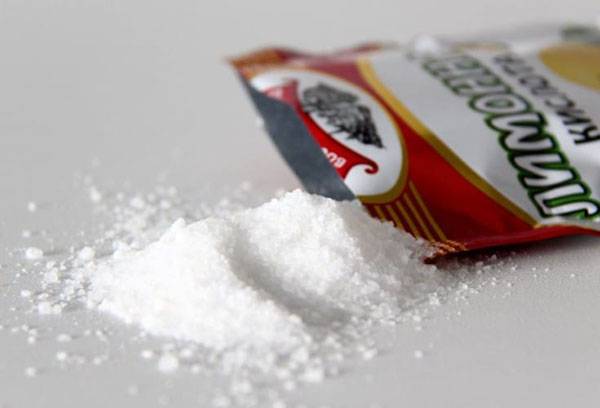
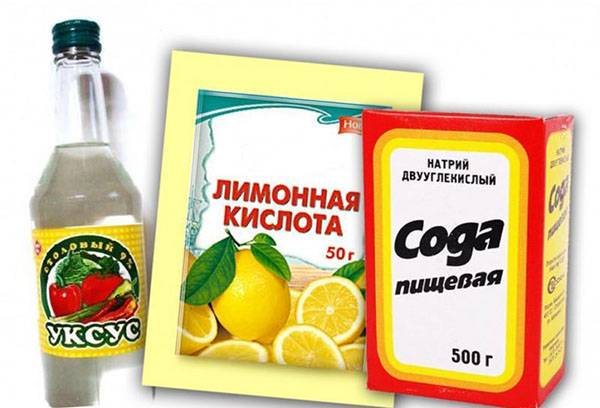
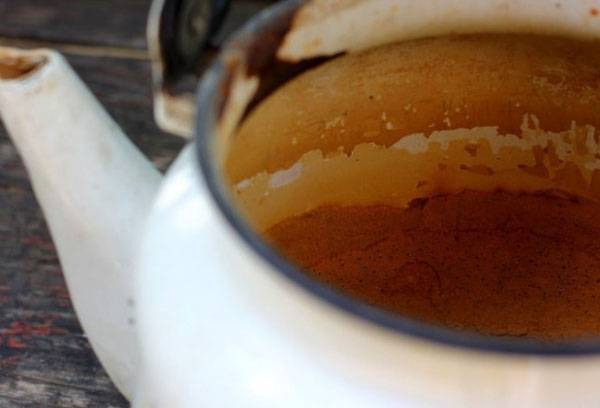
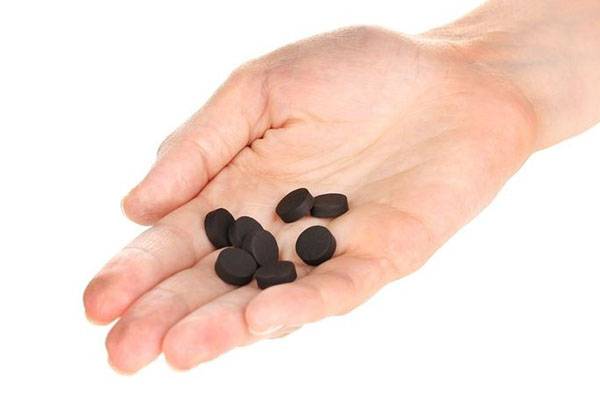
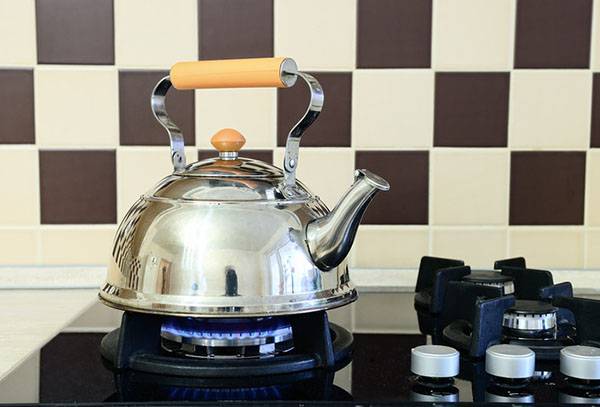
Thanks for the very good advice